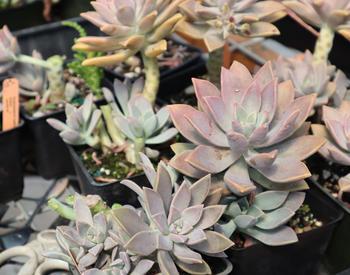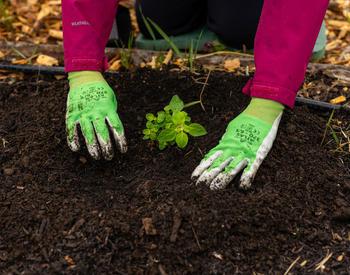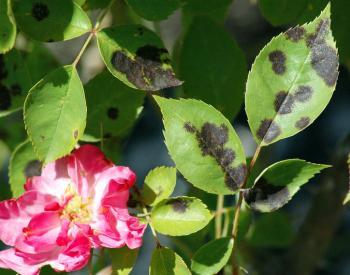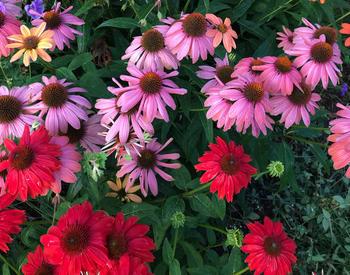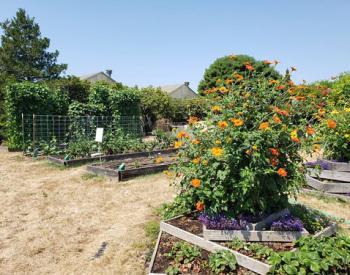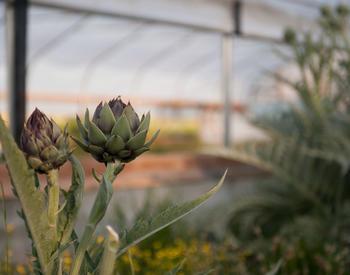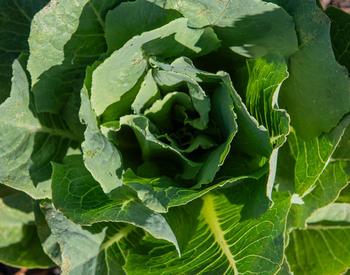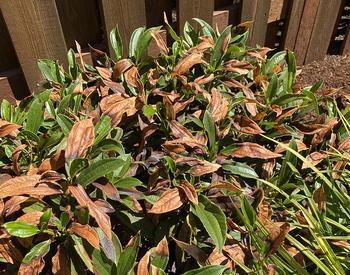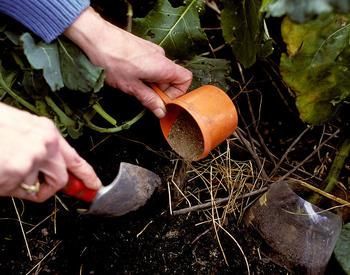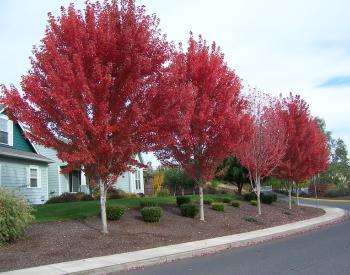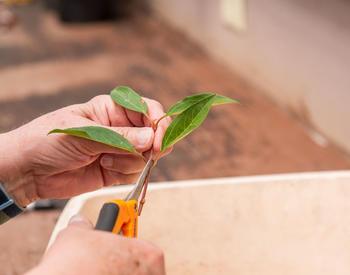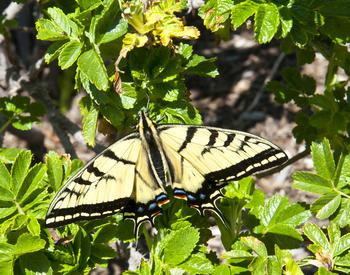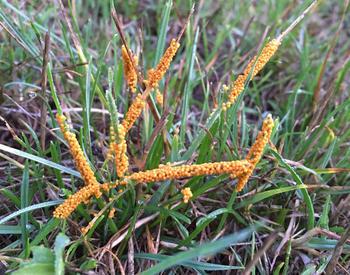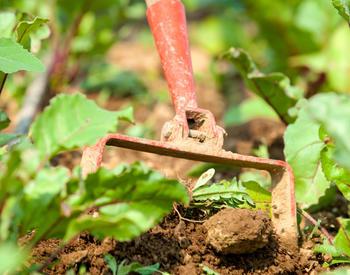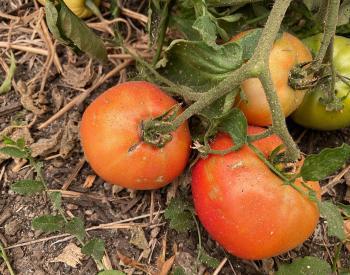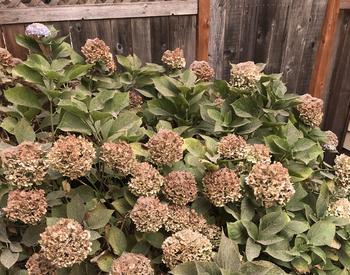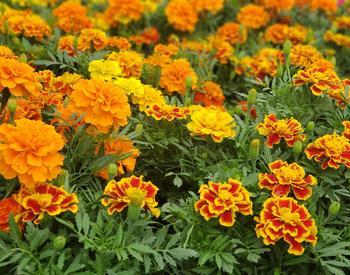Cold hardiness is an important consideration in Klamath Falls and similar climates. According to the USDA cold hardiness map, Klamath Falls is in Zone 6B. This tells us that the average annual winter minimum temperature here is -5 to 0°F.
What does this mean for gardeners? A basic interpretation might be that if a tree rated hardy to Zone 6 is purchased, the buyer should expect the tree to not be damaged from cold. Yet experienced garden and landscape professionals in our area often recommend hardiness to Zone 5, or even Zone 4 in higher elevations. While the USDA Zone map is a helpful guide, there is more to the story.
Choosing woody material
Black walnut, Juglans nigra, grows across a wide range of zones, cold hardy to Zone 3. However, trees won’t produce nuts when they experience Zone 3 and 4 temperatures — an important distinction if nut production is a motivation for planting. In addition, trees spend anywhere from 2-15 years in the nursery before being planted in their permanent locations and become acclimated to the conditions at the nursery.
It is best to purchase woody material from a climate as much like the destination climate as possible. A walnut grown in Texas will not be as cold hardy as one raised in Idaho, though on paper they may list the same cold hardiness rating. For Klamath, trees grown in Idaho or eastern Washington may be more suitable choices than those grown on the coast of our own state.
Varies with plant maturity
Vegetables noted for cold hardiness include kale, broccoli and arugula. Mature kale can be harvested right out of the snow and is hardy into the low 20s. With some protection, it can remain viable in temperatures even colder than that, held in stasis to provide food early in spring when longer days provide enough sunlight for active growth. All of these statements are true for mature kale.
Seedlings grown in a house or greenhouse, then transplanted without hardening off to cooler temperatures are just as tender as non-hardy plants when exposed to freezing. New transplants may be stunted, slowed down or killed altogether by a hard frost.
Cold damage shows later
Consider the scenario of a late spring freeze, after most folks put have out their garden transplants. Some unprotected tender annuals are obviously dead the next day; hardier ones show symptoms more gradually, their demise apparent a week or more later. For late-blooming fruit trees, long-term tree health is not affected, but fruit production is eliminated for the season if the trees’ pollen is frozen before pollinators can do their work. The sunny side of tree trunks exposed to a repeated freeze/thaw cycle over winter may not show damage until the following spring when sap starts flowing.
Matter of timing
The above examples should illustrate that cold damage is not just a function of temperature, but also of timing — time of year, timing relative to the plant’s development, and length of time the plant is subject to cold temperatures all play a role. A poinsettia transported from your car to the house when its 17°F may not die (though it will likely lose some leaves). Leave the poinsettia in your car overnight at the same temperature, and it will be dead the next morning. A cold snap after a “false spring,” when plants put on lush new growth that is then suddenly frozen, is especially damaging.
Microclimate
Understanding microclimate is the gardeners’ secret weapon for stretching the boundaries of cold hardiness realities. Elevation, orientation of buildings, and the buildings themselves create pockets of warmer or colder air and soil that allow us to push the envelope of what’s hardy where.
In Klamath Falls, those with geothermal activity underground may have better success with plants that struggle in the higher elevations on the outskirts of town. The frost-sensitive perennial planted on the south side of the house and blocked from the wind will outperform the same plant in a less protected or shaded location.
In considering the cold hardiness of woody and perennial material in the garden, it’s also helpful to remember that all cultivars (varieties) of a particular plant are not equal. For instance, there are a series of blueberry cultivars with “North” in their names (i.e. Northsky, Northcountry) that are shown to perform better in cold climates. Amur and sugar maples are considered hardy in USDA Zone 3, while most Japanese maples are hardy only up to Zone 5 or 6.
Research and careful selection are worth the effort to increase the return on investment for expensive or specialty trees. This is especially true in areas with difficult growing climates. For those that enjoy pushing cold hardiness boundaries, splurging on a $12 gallon perennial that "can't be grown here" makes for a better financial experience than investing hundreds of dollars in a spectacular, but too-tender, Japanese maple.

